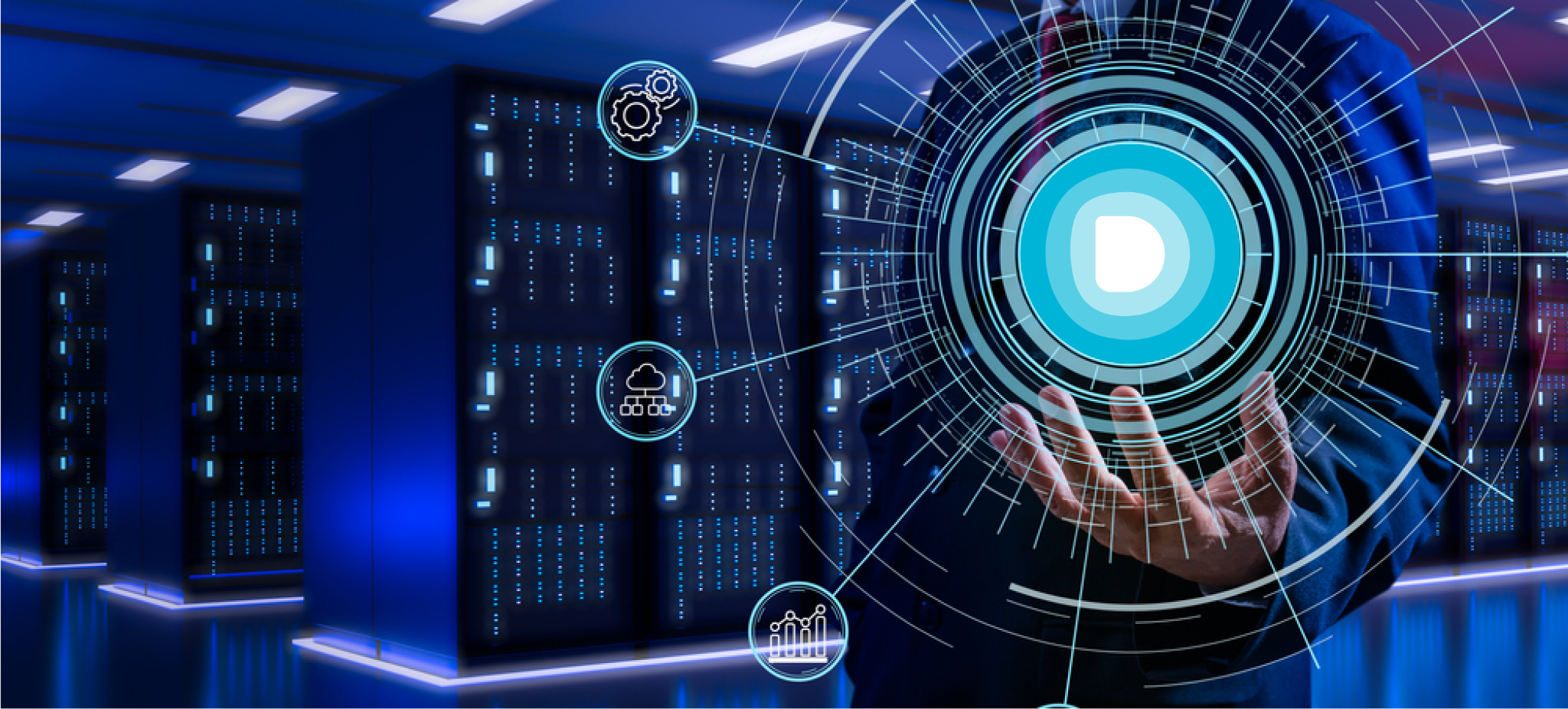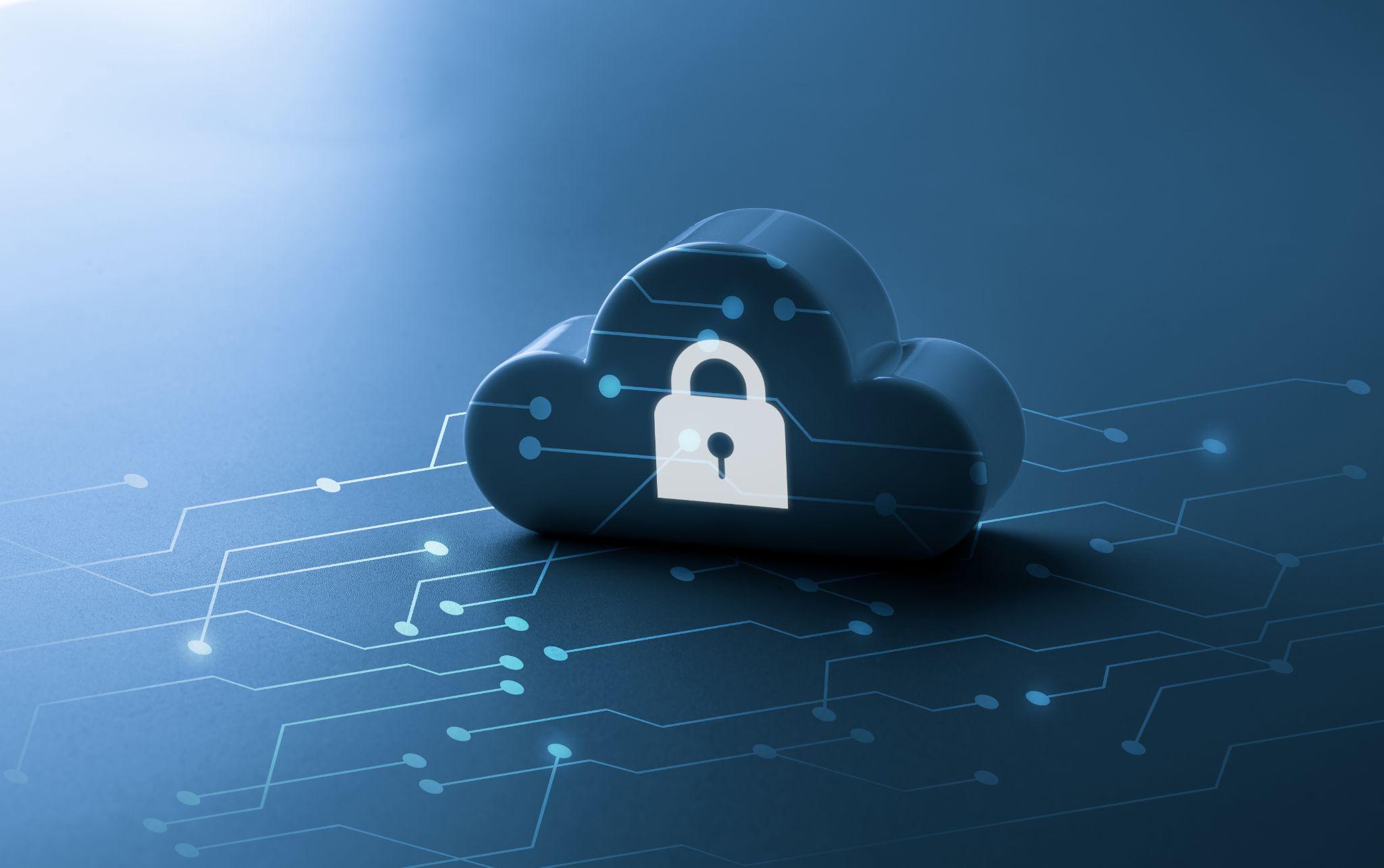Understanding Cybersecurity Challenges for SMBs in North America: A Comprehensive Exploration
In our rapidly evolving digital landscape, Small and Medium Businesses (SMBs) across North America are thriving, ushering in innovation and growth. However, amidst these opportunities, a looming threat emerges—cyberattacks. This insightful guide unveils the prevalent cybersecurity issues that confront SMBs in North America, shedding light on ways to bolster your defenses.
The Ever-Present Cyber Threat
The world of cybersecurity is brimming with alarming statistics. A staggering 2,200 cyberattacks occur daily, equivalent to one every 39 seconds. To put this in perspective, it’s like blinking—an almost imperceptible yet relentless assault. The financial repercussions of data breaches in the United States are even more daunting, averaging around $9.44 million per incident. Looking forward, the global cost of cybercrime is projected to soar to an astounding $8 trillion by 2023.
Why SMBs Are Prime Targets
SMBs find themselves at the forefront of cyberattacks, vulnerable due to several compelling reasons:
- Resource Constraints: Many SMBs operate with limited budgets and lack dedicated IT staff. These constraints hinder their ability to implement robust cybersecurity measures, creating vulnerabilities ripe for exploitation.
- Valuable Data: SMBs often handle sensitive customer data, intellectual property, and financial information. Cybercriminals view this data as a potential goldmine, making these businesses appealing targets.
- Low Cybersecurity Awareness: Some SMBs underestimate the risks they face, laboring under the belief that they are too small to attract the attention of cybercriminals. This complacency can be their downfall.
- Interconnectedness: SMBs frequently collaborate with larger organizations or share supply chains. While these connections offer opportunities, they also expose SMBs to supply-chain attacks and threats targeting their larger partners.
Common Cyber Threats Encountered by SMBs
SMBs confront an array of cyber threats that include:
- Viruses and Other Malware: Malware, such as viruses, poses a significant danger. Unsuspecting users can inadvertently propagate viruses through email attachments or seemingly innocuous files, leading to compromised systems.
- Insider Threats: Insider attacks involve employees or individuals with access credentials intentionally or unintentionally compromising network security. These threats are particularly challenging to detect as the individuals possess legitimate access to systems and data.
- Human Error: Mistakes by employees, like inadequate credential security or lapses in physical security, can result in cybersecurity breaches. Even minor oversights can have significant consequences, exposing sensitive data to unauthorized access.
- Ransomware: Ransomware attacks involve hackers taking control of a user’s computer and demanding a ransom for access restoration. Paying the ransom provides no guarantee of regaining control, and these attacks can disrupt operations and damage an organization’s reputation.
- Phishing: Phishing attacks manipulate users into revealing sensitive information through fraudulent emails or websites. These attacks often prey on human psychology, using tactics like urgency or fear to trick individuals into divulging confidential data.
- Distributed Denial of Service (DDoS): DDoS attacks overwhelm web servers with fake requests, rendering them inaccessible to legitimate users. The consequences include business disruptions, website downtime, and revenue loss.
- Botnets: Botnets, comprised of compromised devices, facilitate attacks ranging from data theft to spam distribution. These networks are controlled by cybercriminals and can be challenging to detect and combat.
Emerging Cyber Threats for SMBs
In addition to these common threats, SMBs should be vigilant about emerging cybersecurity challenges:
- Phishing Attacks: Cybercriminals are becoming increasingly sophisticated in their phishing tactics, necessitating robust employee education and awareness programs.
- Cloud Jacking: As SMBs increasingly rely on cloud services, attackers target vulnerabilities in cloud infrastructure. Robust cloud security measures are crucial.
- Ransomware: Ransomware attacks continue to evolve, with hackers employing advanced encryption techniques. Regular backups, strong endpoint security, and employee training are critical defenses.
- Patch Management: Timely software and system updates are essential to protect against known vulnerabilities.
- Deepfakes: Deepfake technology can create convincing fake content, making it challenging to distinguish genuine information from manipulated data.
Enhancing SMB Cybersecurity
SMBs can strengthen their cybersecurity posture by adhering to best practices:
1. Conduct a Security Assessment: Identify vulnerabilities within employees, applications, and practices through a comprehensive security assessment.
2. Train Your Employees: Empower employees with cybersecurity knowledge. Training should focus on recognizing threats, effective responses, and their role in preventing attacks.
3. Protect Remote Workers With a VPN: A Virtual Private Network (VPN) ensures data security for remote workers, even on public networks. Solutions like PureDome Business VPN offer enhanced protection.
4. Use Antivirus Software and Keep It Updated: Invest in top-tier antivirus software and ensure regular updates to combat evolving threats.
5. Secure Your Networks: Implement stringent access controls, firewall configurations, intrusion detection systems, and regular network monitoring.
6. Use Strong Passwords: Encourage the use of robust, unique passwords to deter attackers. Password policies should mandate complexity and regular changes.
7. Multi-factor Authentication (MFA): Require users to provide multiple credentials for identity verification, adding an extra layer of security.
8. Back Up Your Data: Regular, strategic data backups enable swift recovery in case of an attack, reducing downtime.
9. Enable Enhanced Firewall Security: Utilize next-generation firewalls with threat intelligence to filter data for potential threats.
Advanced Cybersecurity Strategies
Enhancing overall cybersecurity involves advanced strategies:
- Regular Security Audits: Periodic security audits identify vulnerabilities and assess security measures. External audits by cybersecurity experts offer valuable insights.
- Incident Response Plan: Develop a well-defined incident response plan to minimize security breach impact and expedite recovery. Regular plan testing through simulations is crucial.
- Employee Background Checks: Prioritize cybersecurity with employee background checks, especially for those with access to sensitive information.
- Security Information and Event Management (SIEM): Implement SIEM solutions to proactively monitor and respond to security events.
- Cybersecurity Insurance: Explore cybersecurity insurance to mitigate financial risks associated with security incidents.
The Role of PureDome Business VPN
Incorporating PureDome Business VPN into your cybersecurity strategy significantly enhances SMB defenses. This dedicated business VPN offers crucial features such as data encryption, dedicated IPs, device posture checks, and an internet kill switch. In an era of increasingly complex cyber threats, PureDome Business VPN stands as an invaluable tool for safeguarding sensitive data, operations, and reputation.
Frequently Asked Questions (FAQs)
Q1: Why are small businesses vulnerable to cyberattacks?
Small businesses often operate with limited resources, making it challenging to invest in robust cybersecurity measures. Additionally, they handle valuable data, making them attractive targets for cybercriminals.
Q2: What percentage of cyberattacks are against small businesses?
Approximately 43% of all cyberattacks target small businesses. Despite their size, SMBs possess valuable data that appeals to cybercriminals.
Q3: How do cyberattacks affect SMBs?
Cyberattacks can have severe consequences for SMBs, including data theft, exposure of sensitive customer information, operational disruptions, financial losses, and reputational damage. Recovering from such attacks can be costly and time-consuming.
In conclusion, SMBs in North America are navigating a landscape rife with cybersecurity threats, both established and emerging. By adopting proactive cybersecurity measures and staying informed about evolving threats, SMBs can bolster their defenses and protect their digital operations. The need for robust cybersecurity is no longer optional—it’s an imperative in today’s interconnected world.
People Also Reading:
WhatsApp will Soon Protect Your Calls from Being Hacked
⚠ Article Disclaimer
The above article is sponsored content any opinions expressed in this article are those of the author and not necessarily reflect the views of CTN News









